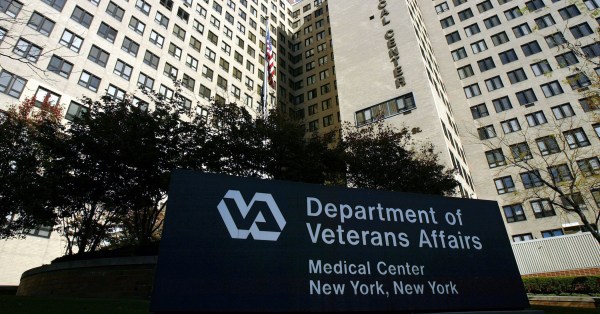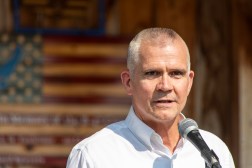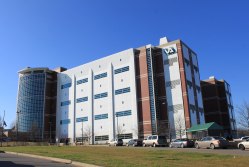The Department of Veterans Affairs has taken its fair share of very public lumps as a result of high-profile data breaches and software glitches that sparked the ire of many in Congress. But behind the scenes, the agency has embarked upon an ambitious effort to overhaul how it manages its entire IT enterprise.
In an effort to prepare the agency for an inevitable post-war drawdown of resources, Stephen Warren, VA’s chief information officer, is overseeing a concerted effort to modernize infrastructure and streamline contracting and acquisition processes to squeeze new efficiencies out of every dollar spent on technology. It is an endeavor that will touch almost every aspect of VA’s $243 million annual investment in voice, data and wireless technology, and could fundamentally alter the way VA interacts with industry and the veterans it serves.
“We are building for the future,” Warren said. “It’s an obsession on detail, it’s an obsession on meeting architecture standards.”
VA has made significant strides in leveraging technology for telehealth, improving the lives of veterans by enabling them to see doctors virtually from their homes and reducing the rate of readmission to hospitals. But this summer, VA plans to also process 100 percent of veterans benefits electronically. Such a massive move to digital services will require more powerful and flexible infrastructure, and a shorter time between identifying user requirements and acquiring technologies from industry, Warren said.
By the end of March, VA’s four gateways will be capable of handling up to 10 gigabytes of throughput based on demand. In addition, the agency has reached out to the Federal Communications Commission for help expanding Internet access to veterans who live in rural areas.
Most of VA’s voice, data and mobile spending will be transitioning to centralized or regional contracts, Warren said. “We’re in many places that other folks aren’t … a lot of rural areas and a lot of areas where [telecommunications] providers are not.”
VA also recently launched a cloud-based enterprise voice pilot project. “We’re moving away from fixed plant at every single medical center and every single site,” Warren said. The agency is studying how to adjust and move that capability based on demand, with three pilot locations this year, and additional locations expected to be added over the next couple of years.
For commodity purchases, such as desktops, laptops, servers, switches, routers, storage services and tablets, VA will be moving away from the General Services Administration schedule and relying more on its Commodity Enterprise Contract, a $5.3 billion deal awarded last March, Warren said.
But some aging pieces of VA’s IT enterprise, such as its electronic health record, known as the Veterans Health Information Systems and Technology Architecture, or VistA, have taken longer to evolve and have fallen behind the technology curve. And open source software will likely play an important role in the system’s future, Warren said.
“It’s time to make some investments in that platform,” Warren said. “We haven’t made those investments in at least 10 years. In the coming year, you will see us doing code in-flight. As we’re developing, we’ll be dropping the code out there so the community can engage.”
VA will be posting the code through GitHub under the VA category.
The potential for success is there. For four years in a row, 80 percent of VA’s IT projects have met their scheduled delivery dates. And only 2 percent of VA IT projects do not deliver. The majority of them deliver within 30 days.
VA currently averages 4.1 months from the time it decides to commit resources to an IT project to the time it can deliver a capability to the end-user. But for the Veterans Benefit Management System, the agency’s $491 million paperless claims processing system, Warren managed to whittle that average time down to 90 days.
“You only do that through a very disciplined, focused approach,” he said. “I would like to go from [specification] on the street and award in seven days.”
VA’s annual voice, data, wireless spending
Total: $243 million (not including commodity purchases)
$87 million is voice services
$118 million data services
$38 million is wireless




